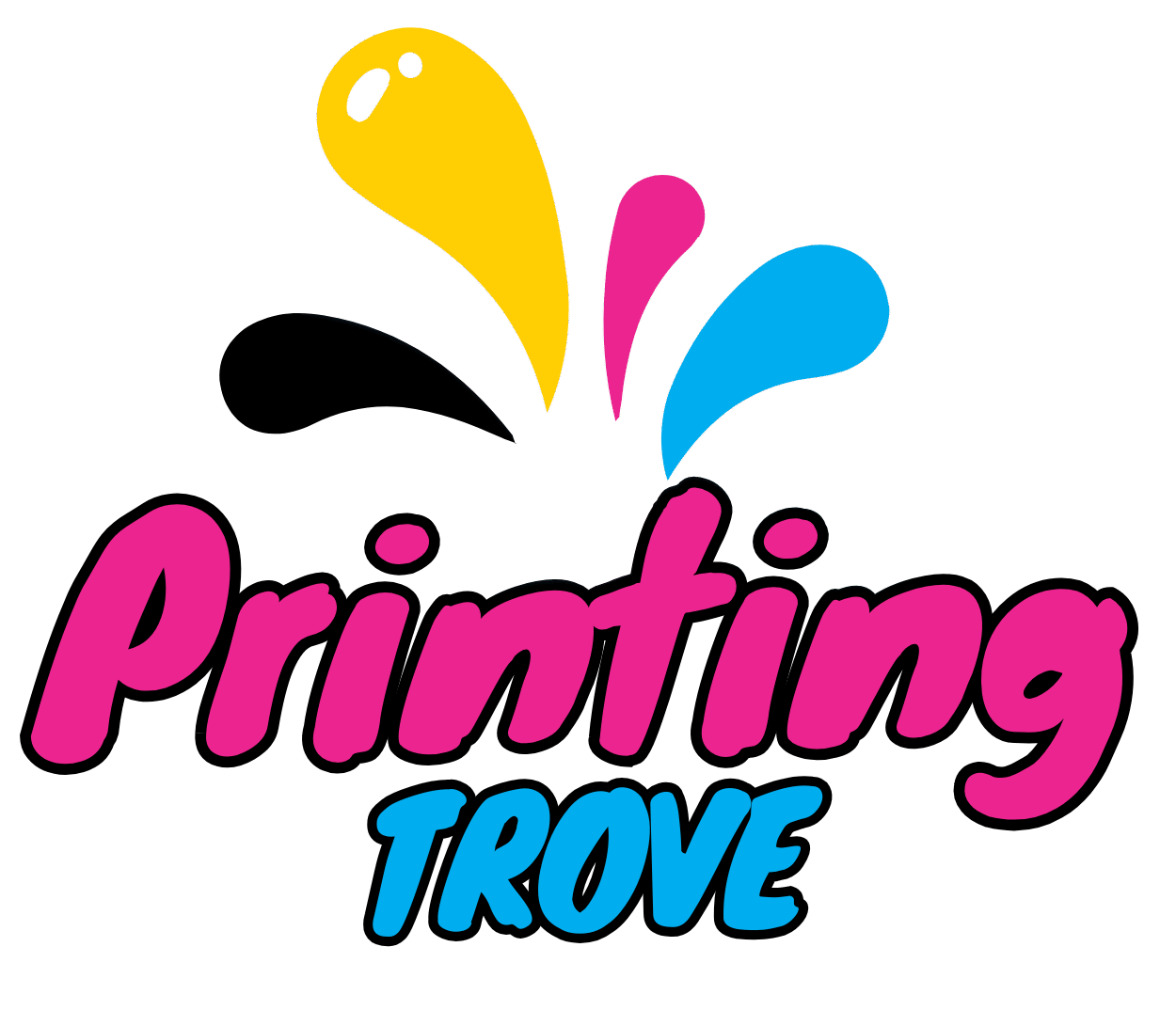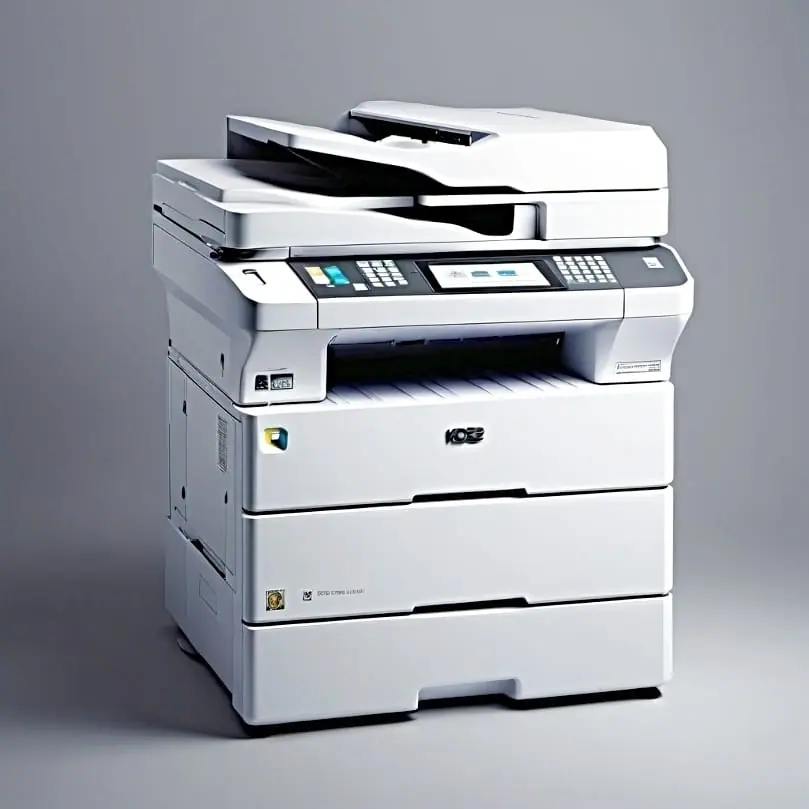
Sublimation printer be used for regular printing. Sublimation printers are built for printing on coated materials like fabrics, mugs, and metal, not plain paper. Using them for regular printing can result in poor quality, ink waste, and printer damage. This guide explains exactly why and what better alternatives you should consider.
Key Takeaways
- Sublimation printers are not ideal for regular printing due to ink and media incompatibility.
- Converting a sublimation printer for everyday document use involves extensive cleaning and risks.
- It’s more efficient and cost-effective to use dedicated printers for specific tasks.
The Dual Life of a Sublimation Printer
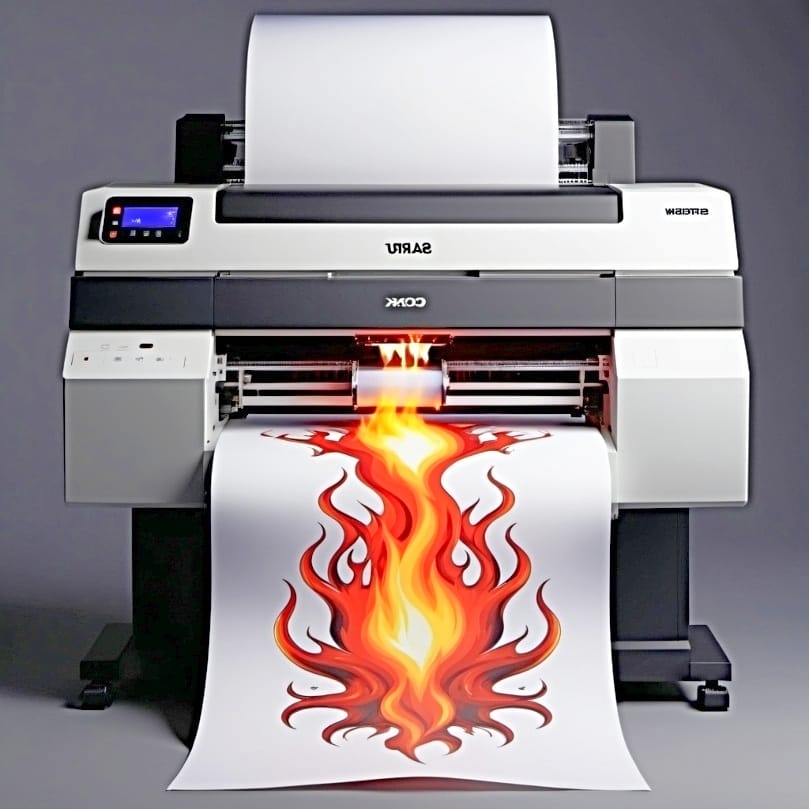
Sublimation printers are designed for a specific purpose: transferring designs onto materials such as fabric, mugs, and metal surfaces. Some users attempt to use these printers for regular document printing, but it often results in low-quality output and technical problems. Simply put, sublimation printers are not designed for multitasking.
The Compatibility Challenge
Ink Differences That Matter

Sublimation ink is a heat-activated dye that becomes a gas and bonds with polymer-coated surfaces. In contrast, regular printing ink (dye or pigment-based) is made to absorb into paper without any heat process. This key difference means sublimation ink is not suitable for paper printing.
Paper Preferences in Printing
Sublimation printers use specially coated sublimation paper, which is not meant for standard ink or text. When printing regular documents, the results on sublimation paper or plain paper appear blurry, smudged, or overly saturated.
Conversion Considerations
The Feasibility of Switching Inks
Technically, you can convert a sublimation printer back to a regular ink printer—but it’s not recommended. You would need to:
- Completely flush out the existing sublimation ink
- Replace ink lines or cartridges
- Clean the print head thoroughly
Even after all that, the risk of clogging and print defects remains high.
Cleaning and Maintenance Requirements
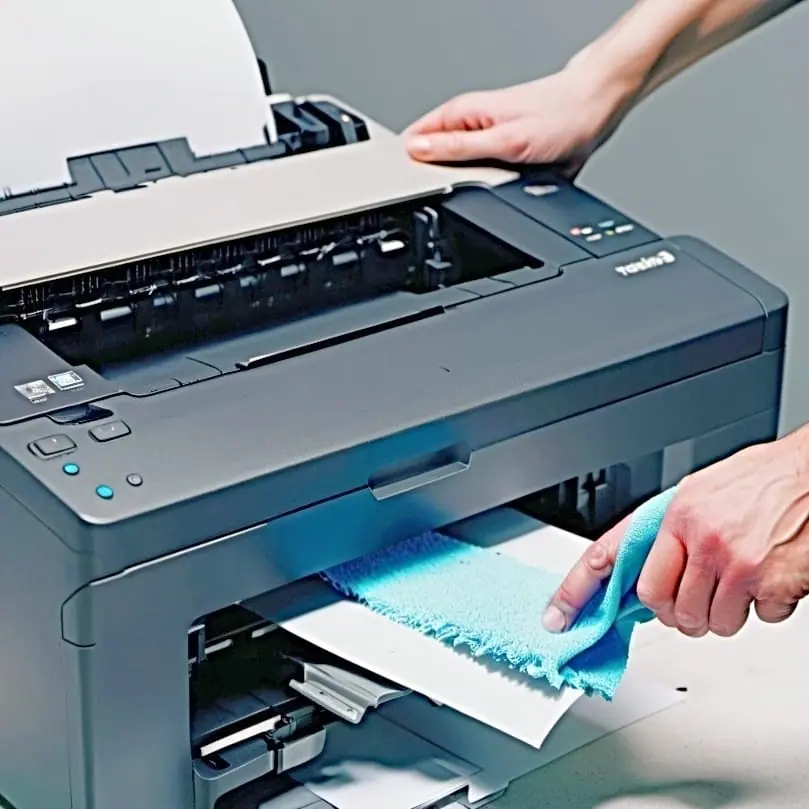
Sublimation ink is stickier and prone to clogging than regular ink. If any residual ink remains, it can cause nozzle blockage, poor color accuracy, or permanent print head damage.
Practicality and Performance
Cost Implications of Ink Usage
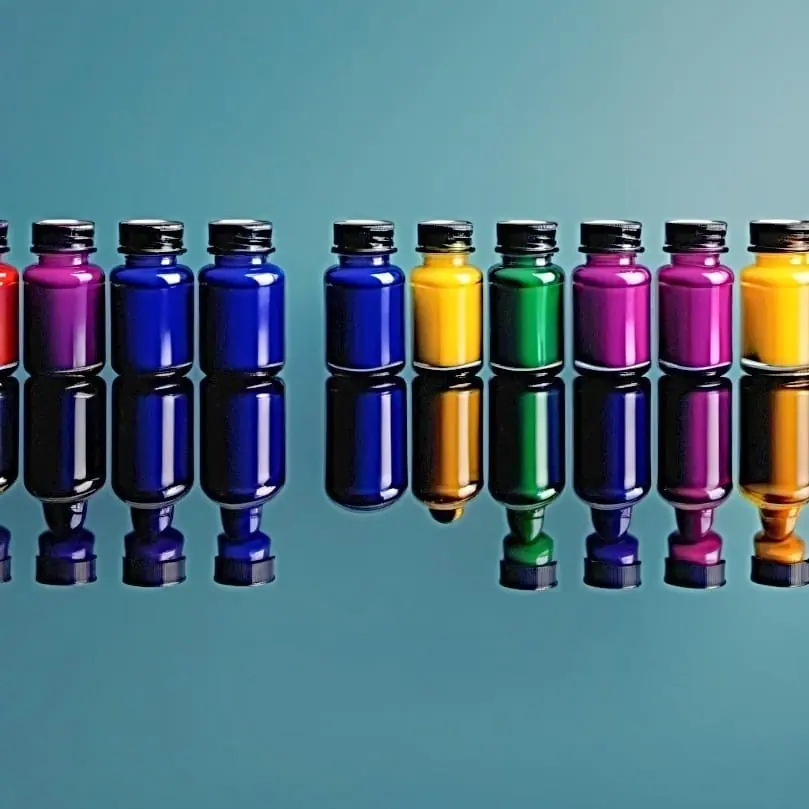
Sublimation ink is significantly more expensive than standard inkjet cartridges. Using it for everyday printing tasks like reports, forms, or schoolwork is not cost-effective and results in wasted money and resources.
Quality of Output on Regular Documents
Using a sublimation printer for regular printing produces dull blacks, fuzzy text, and inconsistent color. It simply can’t match the clarity and precision of a traditional inkjet or laser printer for document work.
Dedicated Devices vs Multipurpose Machines
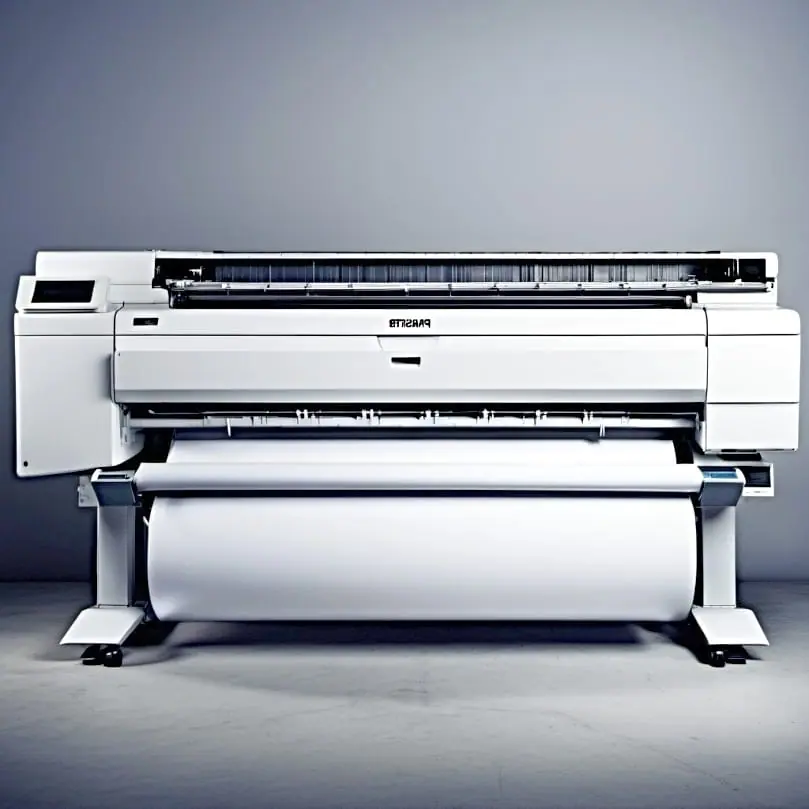
The Case for Specialized Equipment
If you need both sublimation and document printing, the best approach is to use two separate printers. A sublimation printer should be dedicated to its purpose to maintain quality and avoid cross-contamination.
The Allure of a Single Printer Solution
Many people think one printer for all tasks is more convenient—but in practice, it leads to poor performance, high maintenance, and higher long-term costs.
A Closer Look at Printer Technology
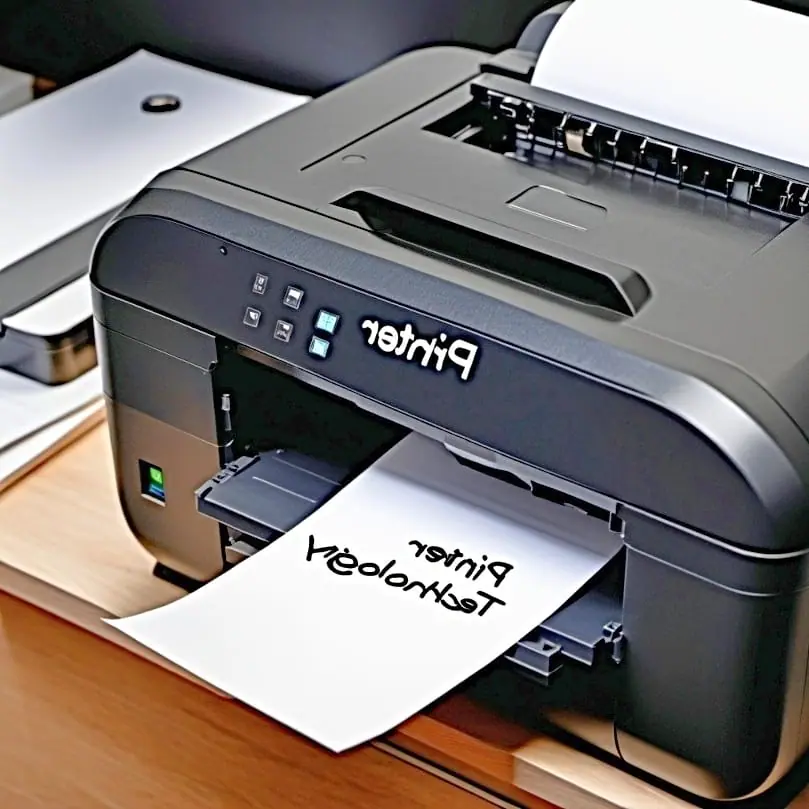
Sublimation printers often use piezo print heads, which are sensitive to ink consistency and prone to damage if incompatible inks are used. Regular ink is thinner and may not work well in these systems, especially after sublimation ink has been used.
The Verdict on Versatility
In conclusion, sublimation printers should not be used for regular printing. While technically possible, the process is inefficient, expensive, and offers poor results. If you need both functions, invest in two dedicated printers to maintain quality, performance, and peace of mind.
Conclusion:
Using a sublimation printer for regular printing is not recommended. These printers are specially designed for transferring images onto coated materials using heat-sensitive ink. When used on plain paper, the results are often blurry, washed out, and expensive due to ink and media incompatibility.
If you need both sublimation and regular document printing, the best solution is to invest in two separate printers. This not only protects your equipment but also ensures high-quality results for each specific purpose. Always use the right tool for the job—your print quality and your budget will thank you.
